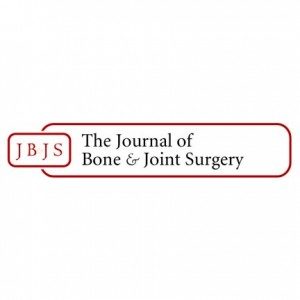Intimate Partner Violence During Recovery from an Orthopaedic Injury: An Exploratory, Prospective, Multicenter, Observational Cohort Study
Madden K, Sprague S, Petrisor B, Schneider PS, Kleinlugtenbelt YV, Hackenberg EAM, Garcia-Sanchez Y, Hall JA, Bzovsky S, Thabane L, Bhandari M; PRAISE-2 Investigators.

Abstract
Background: Orthopaedic injuries may lead to an increased incidence of intimate partner violence (IPV) during recovery as people dependent on others’ help are at a higher risk for abuse. Additionally, there is a lack of understanding of how IPV affects injury recovery. In women being treated for an orthopaedic injury, we aimed to determine the number of new IPV disclosures in the 12 months after an injury and to explore the impact of IPV on recovery.
Methods: We enrolled 250 female participants from 6 orthopaedic fracture clinics in Canada, the Netherlands, Spain, and Finland. IPV disclosure and clinical outcomes were assessed at the initial visit and during the 12-month follow-up period.
Results: Of 250 participants, 81 (32.4% [95% confidence interval (CI), 26.6% to 38.2%]) had a history of IPV in their lifetime and disclosed this at their initial orthopaedic clinic appointment. Twenty-one participants (12.4% [95% CI, 7.5% to 17.8%]) who did not disclose abuse at the initial visit disclosed IPV during the follow-up. In our a priori unadjusted analysis, disclosure of IPV at the initial appointment or a subsequent follow-up appointment was associated with a 32% lower likelihood of returning to a pre-injury level of function with no restrictions regarding responsibilities at home (hazard ratio, 0.68 [95% CI, 0.46 to 0.99]; p = 0.046). Participants disclosing IPV had lower health-related quality of life on the EuroQol-5 Dimensions (EQ-5D) at the 6-month-follow-up, with adjusted mean differences of -5.3 (95% CI, -10.2 to -0.4, p = 0.04) for the visual analog scale and -0.06 (95% CI, -0.11 to -0.01; p = 0.02) for the Function Index. They also had lower Function Index scores at the final 12-month follow-up visit, with an adjusted mean difference of -0.06 (95% CI, -0.10 to -0.02; p = 0.006).
Conclusions: A surprisingly high percentage of women disclosed IPV within 12 months after the injury. Our exploratory results suggest that women who disclose IPV may have lower health-related quality of life. This study supports the need to optimize orthopaedic clinics to provide appropriate support for asking about and assisting individuals who experienced IPV. Additional research is warranted to further explore these findings.
Level of evidence: Prognostic Level II. See Instructions for Authors for a complete description of levels of evidence.
Copyright © 2022 by The Journal of Bone and Joint Surgery, Incorporated.
Conflict of interest statement
Disclosure: The Disclosure of Potential Conflicts of Interest forms are provided with the online version of the article (http://links.lww.com/JBJS/G888).





